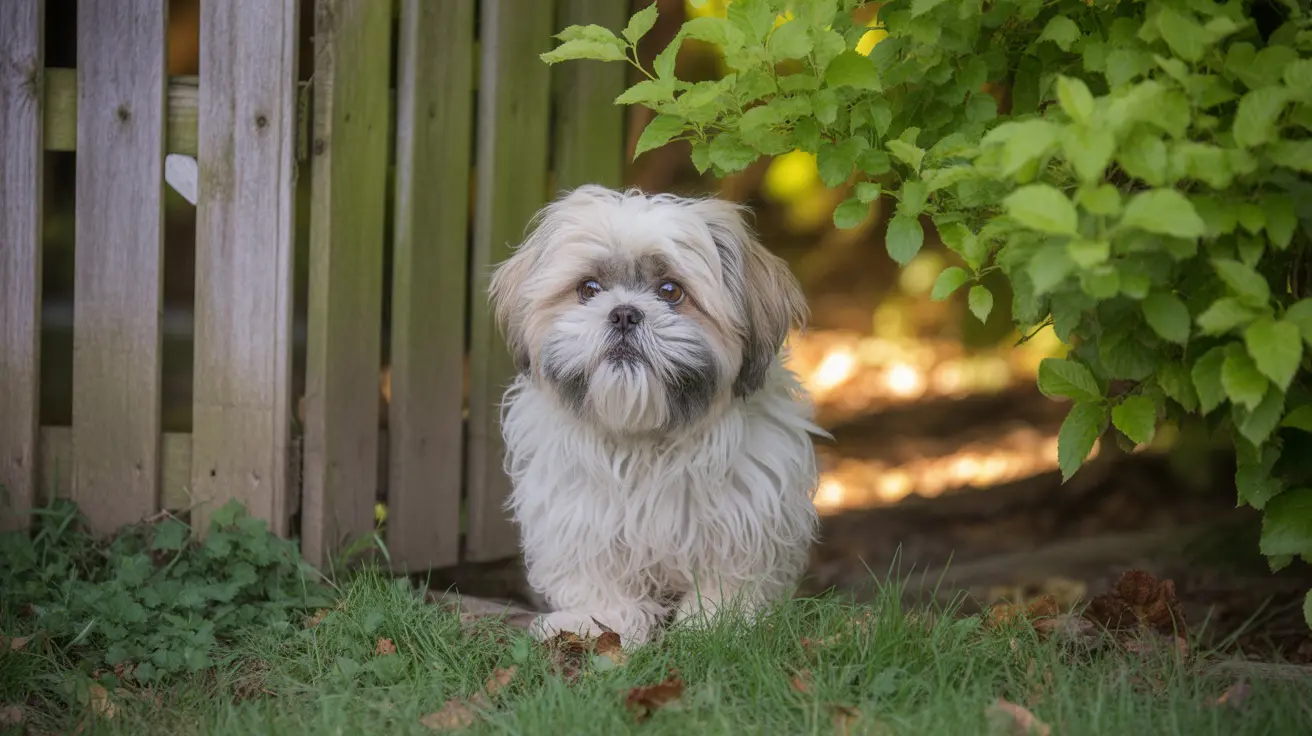Dog Breeds with Six Toes: Understanding Polydactyly in Dogs
When observing a dog’s paw, most pet owners expect to see four toes on the rear paw and five on the front, including the dewclaw. However, some dog breeds present a fascinating anomaly: six toes per paw. This condition, known as polydactyly, is rare and often associated with specific breeds adapted to rugged environments.
What Is Polydactyly?
Polydactyly refers to a congenital condition where an animal is born with more than the usual number of toes on one or more feet. In dogs, this typically presents as an extra digit on each paw, and in very rare cases, it occurs on all four feet.
The Role of Dewclaws
Most dogs have a total of 18 toes: five on each front paw (including the dewclaw) and four on each hind paw. The dewclaw is a vestigial digit found higher up on the inside of the leg and does not usually touch the ground while the dog is walking. Dewclaws aid in:
- Gripping objects
- Scratching and grooming
- Climbing
- Providing stability and traction on uneven or slippery terrain
While front dewclaws are common and often beneficial, some breeds have rear dewclaws—sometimes single or even double—on their hind legs. These are typically connected only by skin and are more prone to injury.
The Norwegian Lundehund – Six Toes on Each Foot
The most notable breed with six toes on each foot is the Norwegian Lundehund. This breed, originally developed for hunting puffins on cliffs and rocky islands, possesses a combination of unique anatomical traits:
- Six functional toes on each foot, including two extra digits
- Unusually flexible neck and shoulders, allowing it to crawl into tight spaces
- Ability to close its ear canals to protect from debris
These traits give the Lundehund exceptional traction, grip, and climbing ability—vital for its hunting role in steep and rocky fjords. Because each foot has six toes, this breed has a total of 24 toes.
Other Breeds with Extra Rear Dewclaws
Polydactyly isn't limited to the Lundehund. Several other breeds may display double dewclaws on the hind legs. These include:
- Beauceron
- Briard
- Estrela Mountain Dog
- Anatolian Shepherd Dog
- Icelandic Sheepdog
- Portuguese Sheepdog
- Saint Bernard
In these breeds, the presence of rear dewclaws is often encouraged by breeding standards and serves practical functions, such as improving stability in snow or on uneven ground.
The Genetics and Development of Extra Toes
Limb development in dogs takes place around the 23rd day of gestation. Genetic mutations or inherited traits can result in polydactyly, particularly in breeds that benefit from increased traction or agility. The extra toes can be firmly attached with bone or loosely connected by skin only.
While bony, well-formed extra toes can be functional, loosely attached dewclaws carry a higher risk of:
- Getting caught on objects
- Becoming torn or injured
- Developing overgrown or ingrown nails
Managing Dewclaws
Whether functional or vestigial, dewclaws require regular trimming, as their position prevents natural wear during walking. Overgrown dewclaws can cause discomfort, pain, or even infections. If a dewclaw is loosely attached or frequently injured, surgical removal may be recommended.
- Front dewclaws are typically left intact unless medically necessary to remove, as they help stabilize the dog’s leg joint during movement.
- Rear dewclaws, especially those not connected by bone, are more likely to be removed by breeders or veterinarians to prevent future injuries.
Removal Procedures
Most dewclaw removals are done during the first week of life, typically between 3–5 days old. If removed later, the dog may require anesthesia and sutures. Dewclaw removal is generally a safe and quick procedure when medically justified.
Conclusion
While the standard anatomy of dogs includes 18 toes, some breeds exhibit polydactyly, especially in environments where extra traction is beneficial. Dogs like the Norwegian Lundehund showcase nature’s remarkable adaptability, equipped with 24 toes that serve a practical function for their historical roles. Other breeds, particularly mountain and herding dogs, may also carry extra rear dewclaws. Whether you're a breeder, veterinarian, or pet owner, understanding the purpose and care of multiple toes and dewclaws is crucial to maintaining your dog’s health and well-being.





